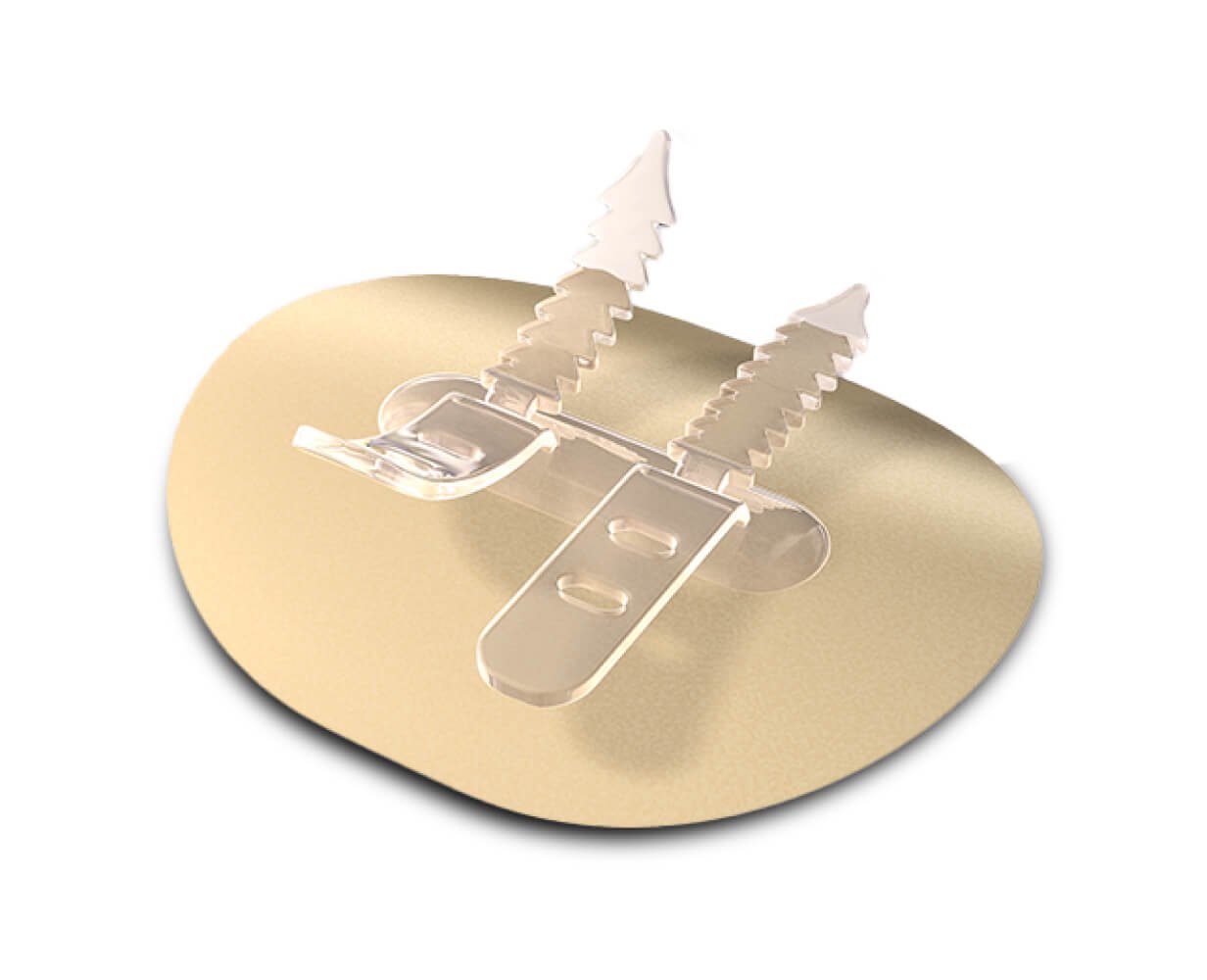
CathGrip is the universal securement system for tubing 6-42 Fr. (3-24 for Extra Small). The device is made from our proprietary hydrocolloid that is suitable for all skin types, not made with natural rubber latex, and moves like a second skin with a wear time of up to 7 days (1 day for Extra Small). Our skin-friendly adhesive helps prevent skin tearing and irritation, unlike other acrylic-based securement devices. With soft no-slip grips that secure tubes from 6-42 Fr. and three sizing options for the hydrocolloid base, CathGrip can meet all your securement needs making it the new standard of care sought after by physicians, nurses, and purchasing teams. CathGrip is available in Large, Medium, Small and Extra Small. CathGrip Low Profile Straps are also now available.

This video demonstrates how to apply CathGrip.
J. Schachl, M. Stoiber, M. Socha, D.Wiedemann, D. Zimpfer, H. Schima, T. Schlöglhofer
Authors: Amanda Ross, RN, Jeannine Blake, PhD RN
Memorial Hermann Southwest, Houston, Texas, USA


